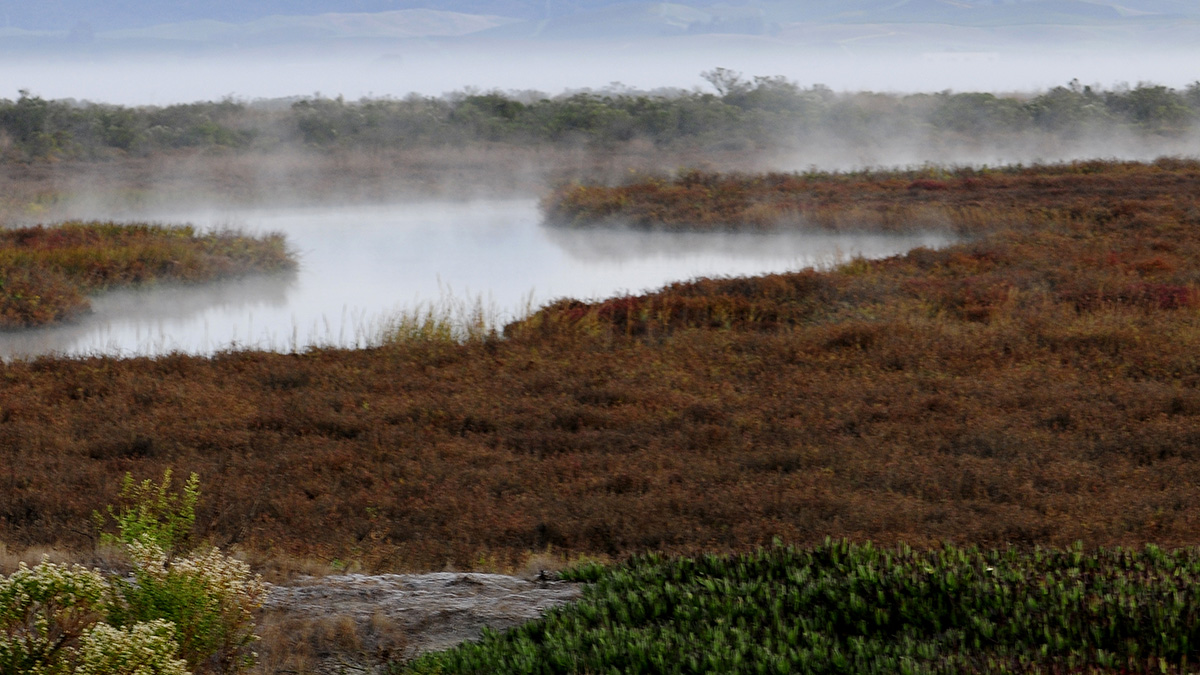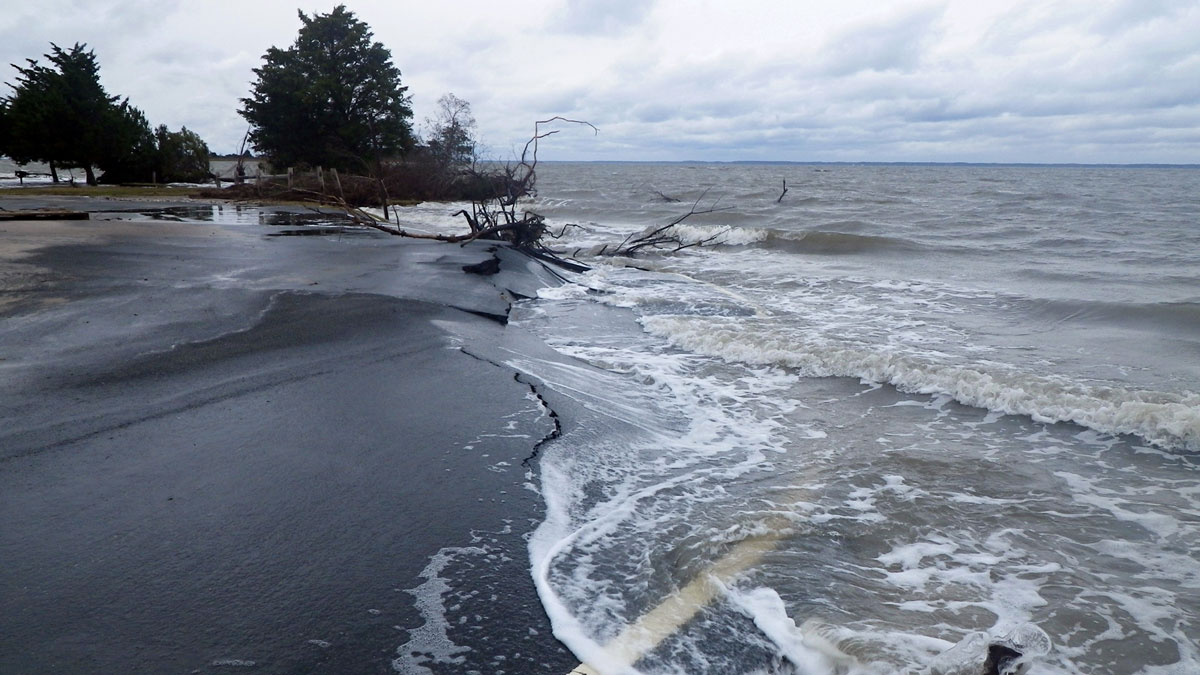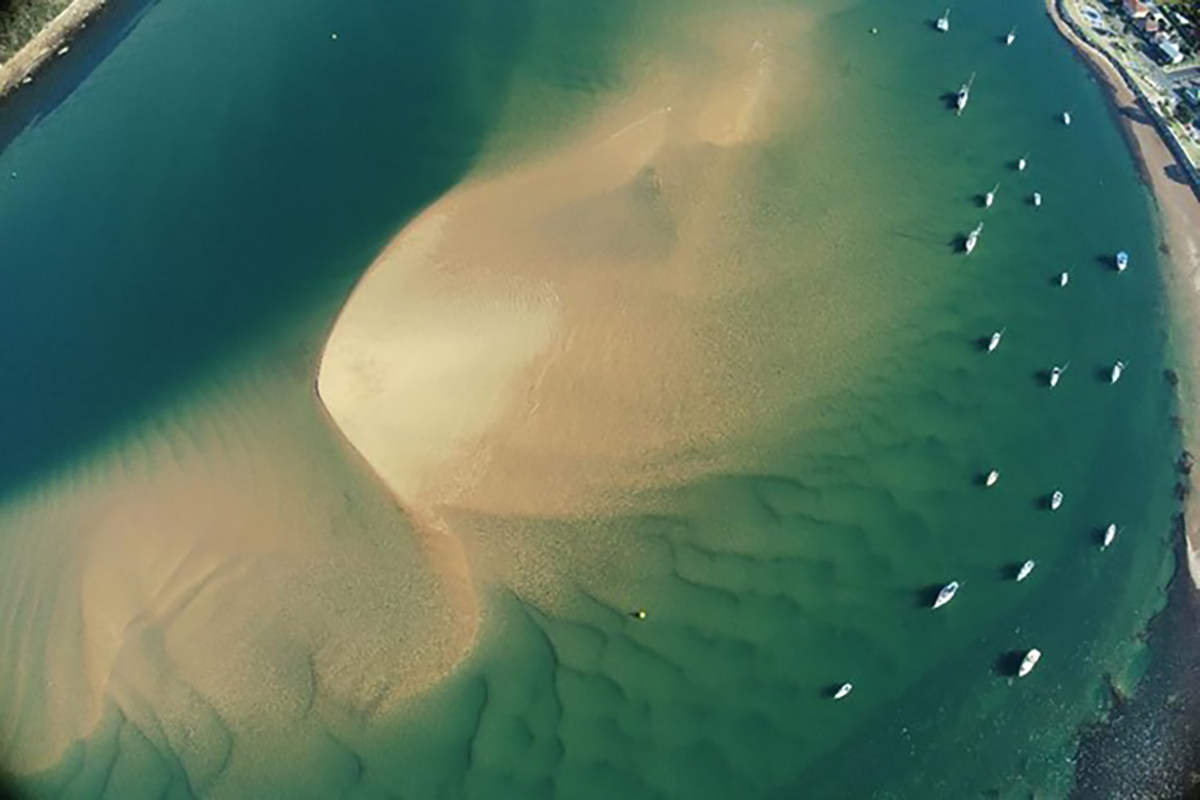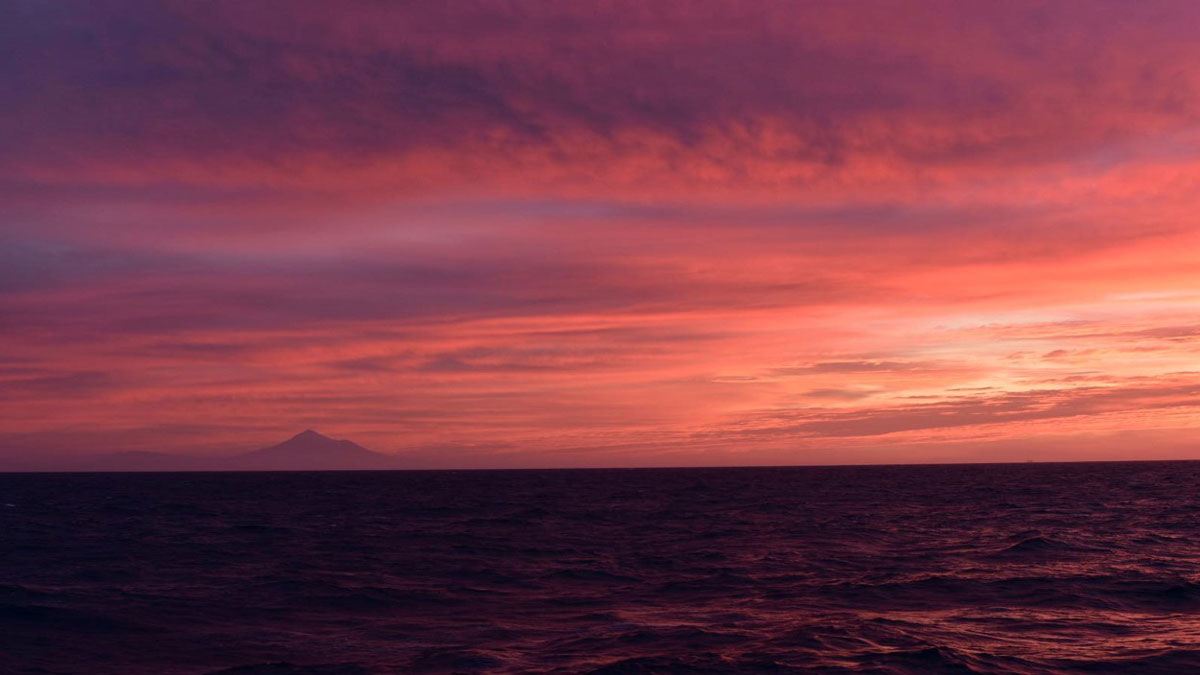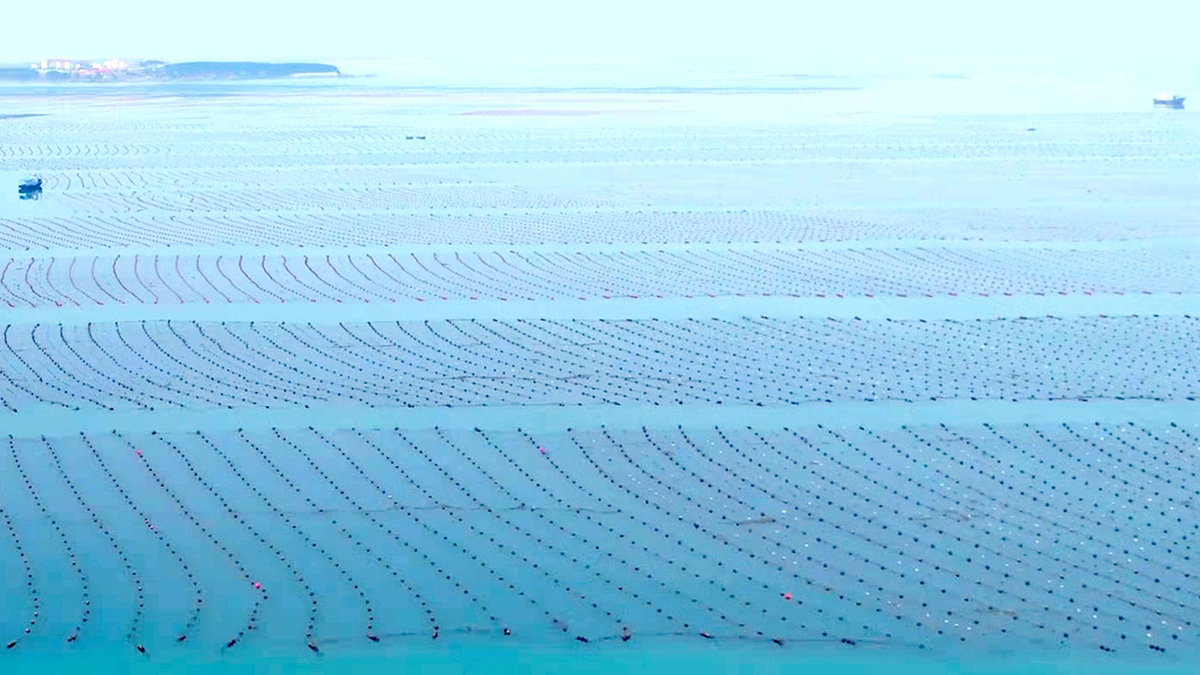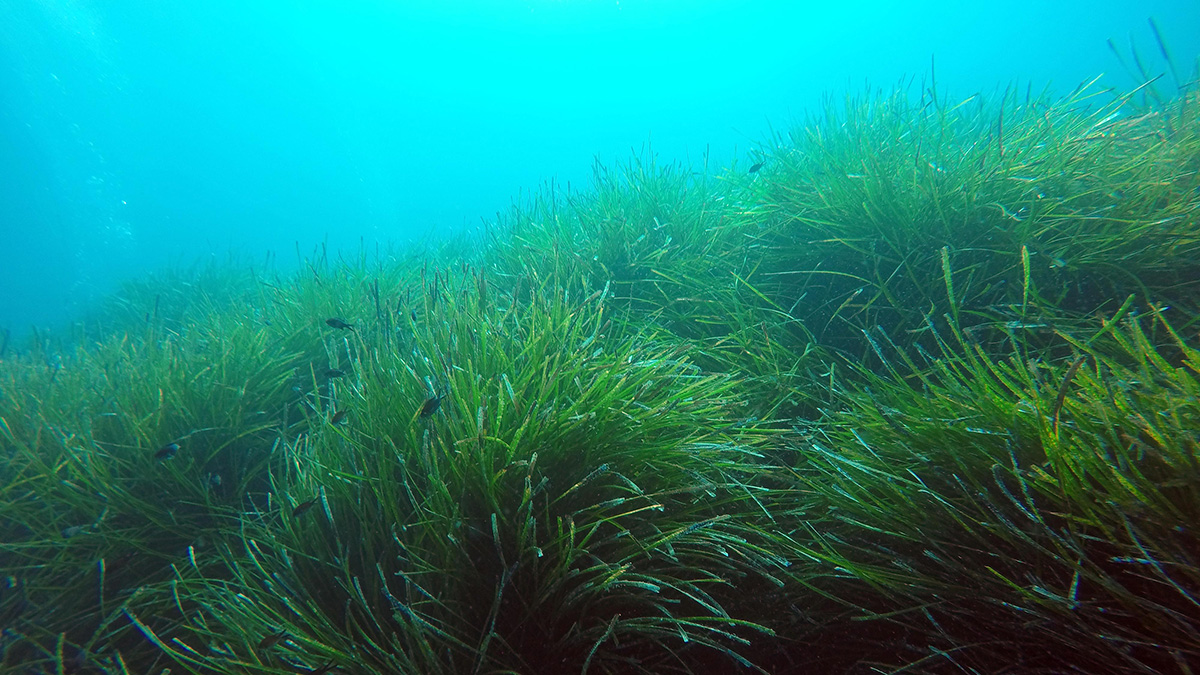Antarctica’s Thwaites and Pine Island Glaciers are melting faster than they have in the past 5,500 years, new evidence shows. Against expectations, their pasts have been remarkably stable.
beaches, coasts, & shorelines
Landfalling Hurricanes Intensify Due to Coastal Downwelling
Hurricane winds can lead to coast downwelling, which brings warmer surface water near the coast and can contribute to the intensification of the landfalling hurricane.
Atmospheric Rivers Help Coastal Wetlands Build Up Sediment
Accounting for these storms and flooding can help experts predict and respond to rising sea levels.
Sea Level Science and Applications Support Coastal Resilience
Known for precise, planetary-scale measurements, NASA is improving its decades-long effort to observe and understand sea levels to help communities prepare for the effects of Earth’s rising ocean.
Can We Better Predict Coastal Change?
A new special collection invites studies on a new era of models and knowledge that provide predictions or insights into predictability in coastal geomorphology.
“Landslide Graveyard” Holds Clues to Long-Term Tsunami Trends
A new project looks to unearth information about and learn from ancient underwater landslides buried deep beneath the seafloor to support New Zealand’s resilience to natural hazards.
Muography Array Under Tokyo Bay Spots Meteotsunami Waves
A new study shows how muons can be used to study tide and wave phenomena, helping secure coastal communities.
After a Hurricane, Coastal Systems Draw a Line in the Sand
A new study finds nature can’t have it both ways: On the basis of thousands of case studies from dozens of hurricanes, there’s always a trade-off between resistance and resilience.
Mortality of Seagrass Meadows May Not Kill Their Methane Release
New research indicates that seagrasses continue to release methane even after they die, complicating blue carbon initiatives.



